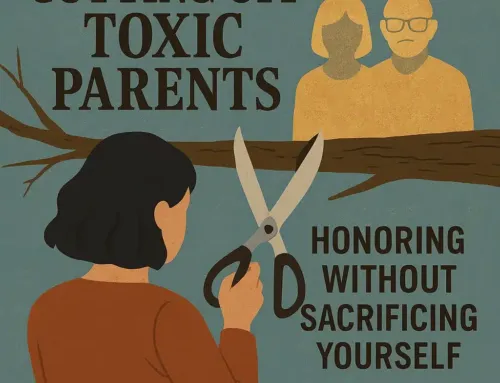
Approx. read time: 3.5 min.
Post: How We Become Our Own Worst Enemies: Understanding and Overcoming Self-Destruction
The Roots of Self-Destruction:
At the heart of self-destructive behavior lies a complex web of psychological factors, including low self-esteem, fear of failure (or success), and unresolved trauma. These elements conspire to create a mindset that, ironically, leads us to act against our own best interests. But why?
- Low Self-Esteem: When we don’t value ourselves highly, it’s easier to believe that we don’t deserve success or happiness. This belief can manifest in actions that ensure those outcomes never materialize, reinforcing a vicious cycle of self-sabotage.
- Fear of Failure and Success: Paradoxically, the fear of failure can be just as crippling as the fear of success. The former prevents us from taking risks due to dread of negative outcomes, while the latter stems from a worry that achieving our goals will lead to unwanted change or place us in the spotlight for potential criticism.
- Unresolved Trauma: Past traumas can have a lingering effect, leading individuals to engage in self-destructive behaviors as a coping mechanism or because they subconsciously believe it’s what they deserve.
Manifestations of Self-Destruction:
Self-destructive behaviors can take many forms, ranging from the subtle to the overt. Recognizing them is the first step toward change. Here are a few common examples:
- Procrastination and Avoidance: Delaying tasks or avoiding opportunities due to fear of failure or success.
- Substance Abuse: Using drugs or alcohol as a means to escape reality, despite knowing the harmful consequences.
- Self-Sabotage in Relationships: Pushing people away or engaging in behaviors that undermine relationships, often due to a fear of intimacy or unworthiness.
- Neglecting Health: Ignoring medical advice, engaging in harmful dietary habits, or avoiding exercise, even when aware of the negative impact on health.
Identifying the Path to Self-Destruction:
Awareness is key. The journey to overcoming self-destructive behaviors begins with recognizing these patterns within ourselves. Self-reflection and mindfulness can help us become more aware of our actions and the motivations behind them. Journaling, therapy, and meditation are valuable tools in this discovery process, enabling us to observe our behavior without judgment and understand the underlying causes.
Changing the Course:
Once we’ve identified self-destructive patterns, we can begin the work of changing them. Here’s how:
- Seek Professional Help: Therapists and counselors can provide the support and guidance needed to work through underlying issues, such as trauma or low self-esteem.
- Set Small, Achievable Goals: Breaking the cycle of self-destruction starts with setting and achieving small goals, building a foundation of success that can counteract feelings of unworthiness.
- Practice Self-Compassion: Be kind to yourself. Understand that change takes time and that setbacks are part of the process. Self-compassion encourages us to treat ourselves with the same kindness we would offer to a friend.
- Build a Support System: Surround yourself with people who support your journey towards self-improvement. A strong support system can provide encouragement and hold you accountable in a loving, non-judgmental way.
In Conclusion:
Realizing that we can be our own worst enemies is a tough realization but also a powerful opportunity for growth. By understanding the roots of our self-destructive behaviors and taking proactive steps to address them, we can redirect our path from one of self-sabotage to one of self-empowerment. Remember, the journey towards self-improvement is ongoing, and every step forward, no matter how small, is a victory in its own right. So, here’s to being our own best friends, rather than our worst enemies. Let’s embark on this journey with patience, perseverance, and an unyielding commitment to self-compassion.
As we reflect on these insights, remember, the power to change lies within us. It’s never too late to steer the course towards a more fulfilling and self-compassionate life.
Related Posts:
Beyond Fear, beyond The Walking Dead
ADHD Research Unveils Brain Connectivity, Neural Pathways
Who is this Android App Development course for?
New detection method identifies cryptomining and other fileless malware attacks
Overcoming Adobe Genuine Alerts: A Guide for Windows and Mac Users








